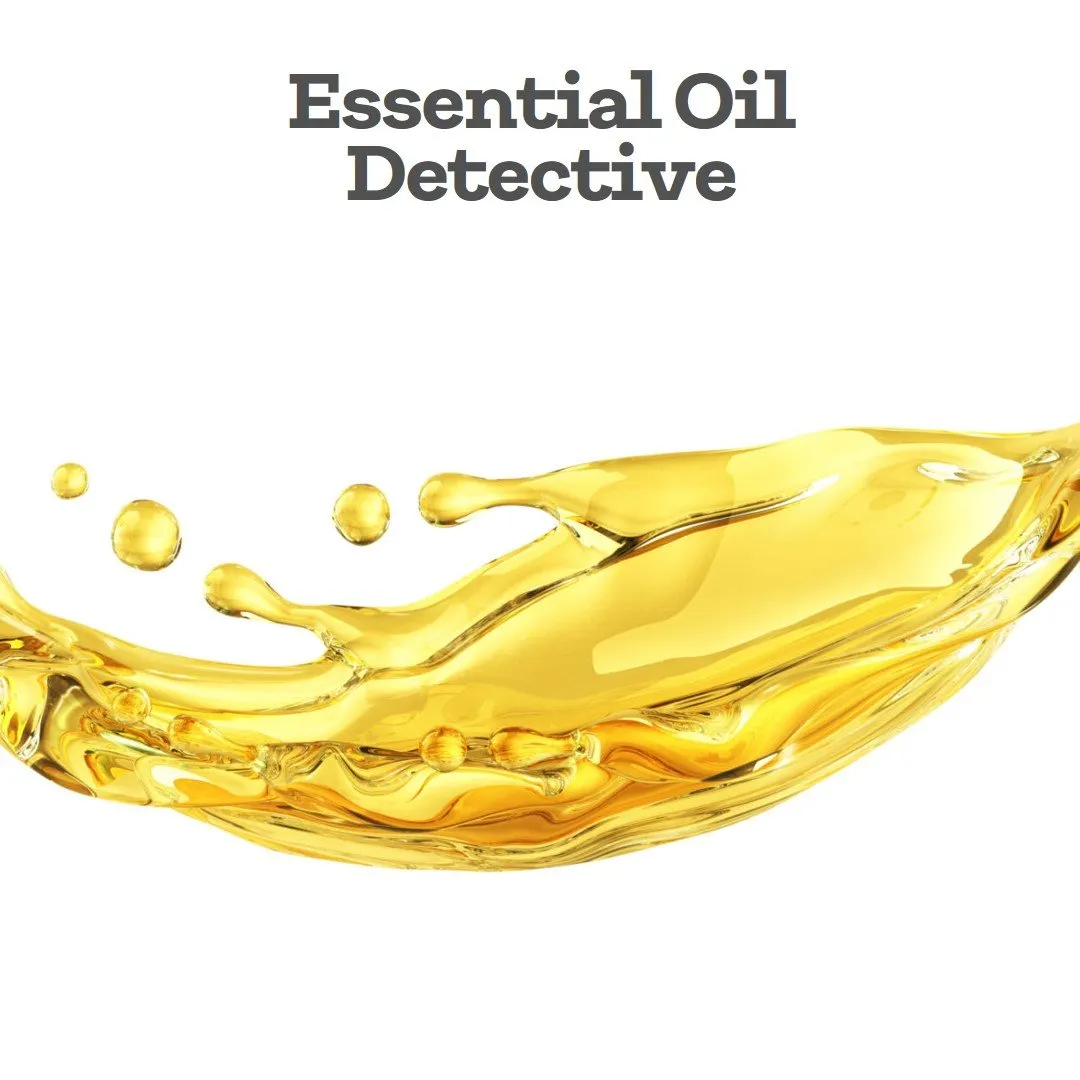Vanilla: The Alluring Aroma of Love and Comfort
Vanilla, a scent that has stood the test of time, is one of the world's most popular aromas, captivating hearts and senses for generations.
While it's true that the term "vanilla" has occasionally been used to describe something dull or unoriginal, this cherished scent is anything but bland. It has the remarkable ability to evoke feelings of peace, happiness, and contentment, making it a cherished aroma for many.
In this article, we'll explore the captivating world of vanilla, its origins, therapeutic benefits, and how you can incorporate it into your daily life.
The Aroma of Vanilla: A World Favorite
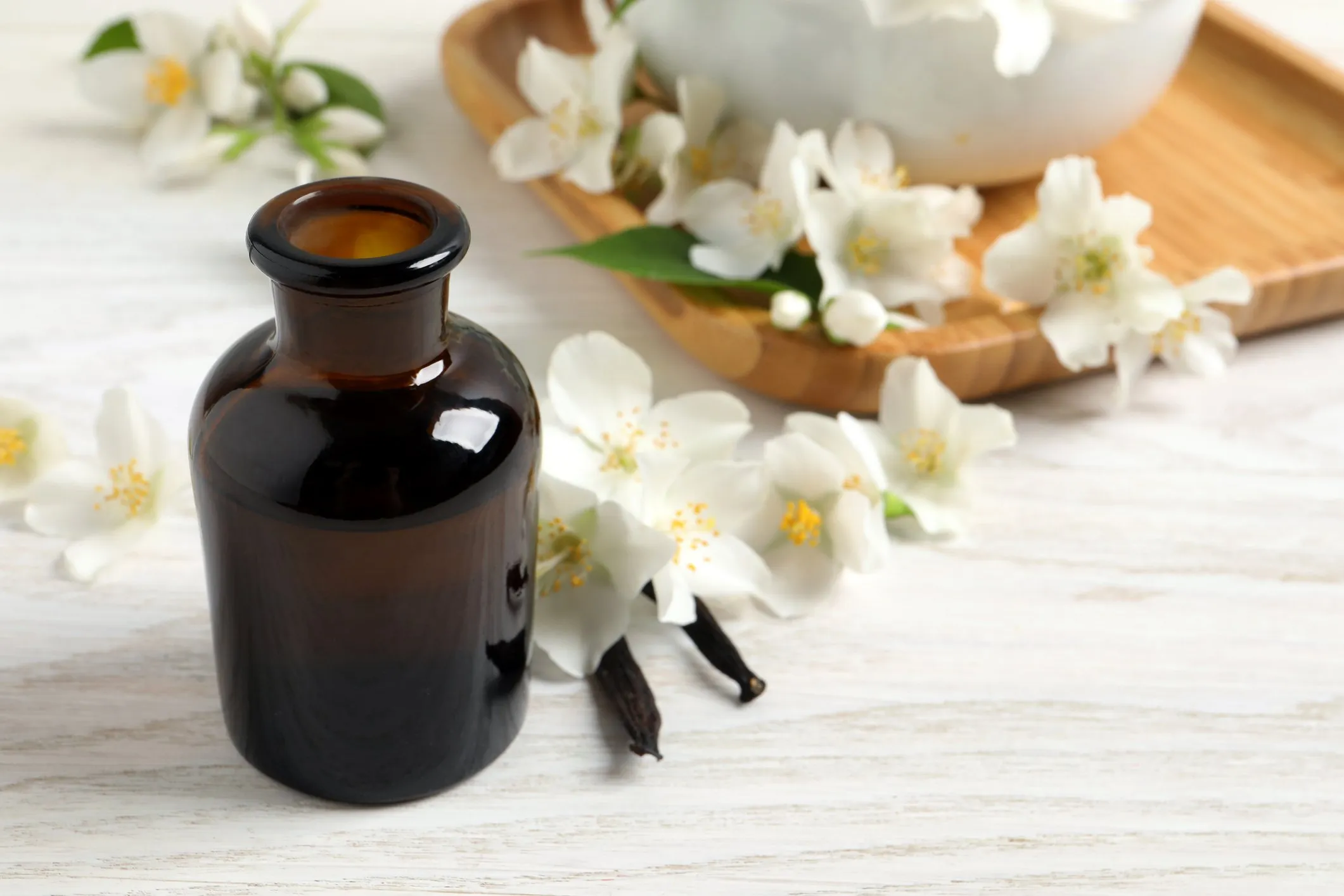
When it comes to fragrances, vanilla consistently ranks among the top five, alongside scents like rose, coffee, and lavender.
Despite the casual use of the word "vanilla" to denote plainness, this aroma is far from ordinary. It has the power to transform moods, leaving us feeling uplifted, soothed, and comforted.
Vanilla, often referred to as vanilla essential oil, is technically not an essential oil but an oleoresin – a semi-solid concentrate.
Unlike essential oils, which are typically obtained through steam distillation, vanilla's aromatic compounds can only be extracted through solvent extraction. Although it's recognized as vanilla absolute in the world of perfumery, for simplicity, we refer to it as vanilla oil or vanilla essential oil.
This precious oil is highly sought after in the perfume and food industries. Its delightful scent makes it a valuable ingredient in products such as bath washes, perfumes, air fresheners, room sprays, and lip balms.
However, the high demand for vanilla has led to sustainability issues, and it's listed on the IUCN Red List. As responsible consumers, it's essential to seek sustainably cultivated sources and use vanilla oil mindfully to preserve this precious resource.
The History and Origin of Vanilla
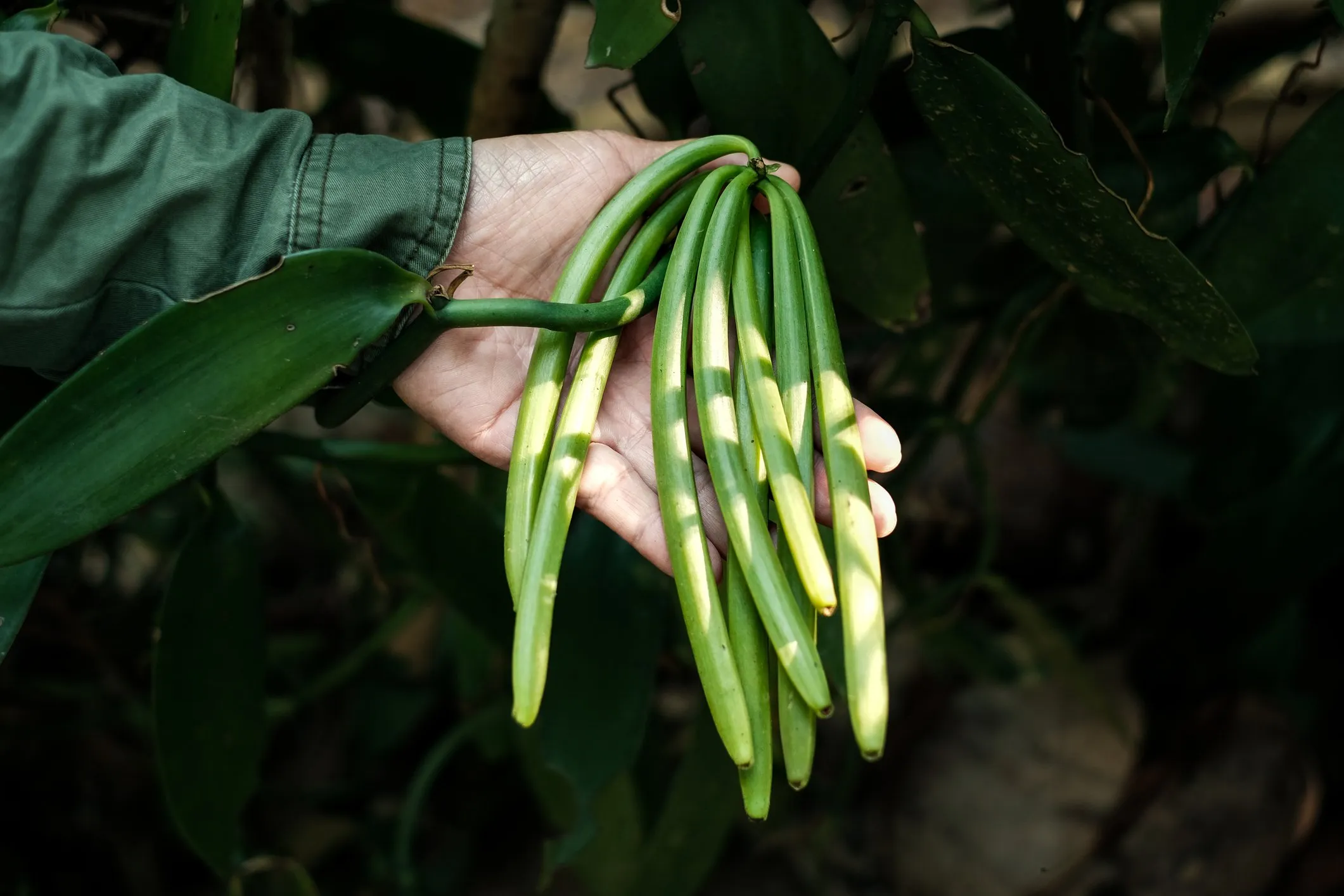
Vanilla oil is derived from the cured pods of the Vanilla planifolia plant, a member of the Orchid family. Traditionally, it has been cultivated in regions such as Mexico, Madagascar, Indonesia, and parts of Central America.
The captivating scent of vanilla is primarily attributed to an aromatic aldehyde called vanillin, which crystallizes on the surface of cured vanilla pods.
The journey from flower to pod is a labor-intensive one. Vanilla plants produce delicate yellow-white flowers that require hand-pollination within a mere 24 hours of blooming to yield the coveted pods. These pods are then used to extract vanilla oil through solvent or CO2 extraction methods, adding to its high cost.
Given its value, it's prudent to use this precious resource sparingly, respecting the effort it takes to produce.
The Therapeutic Benefits of Vanilla
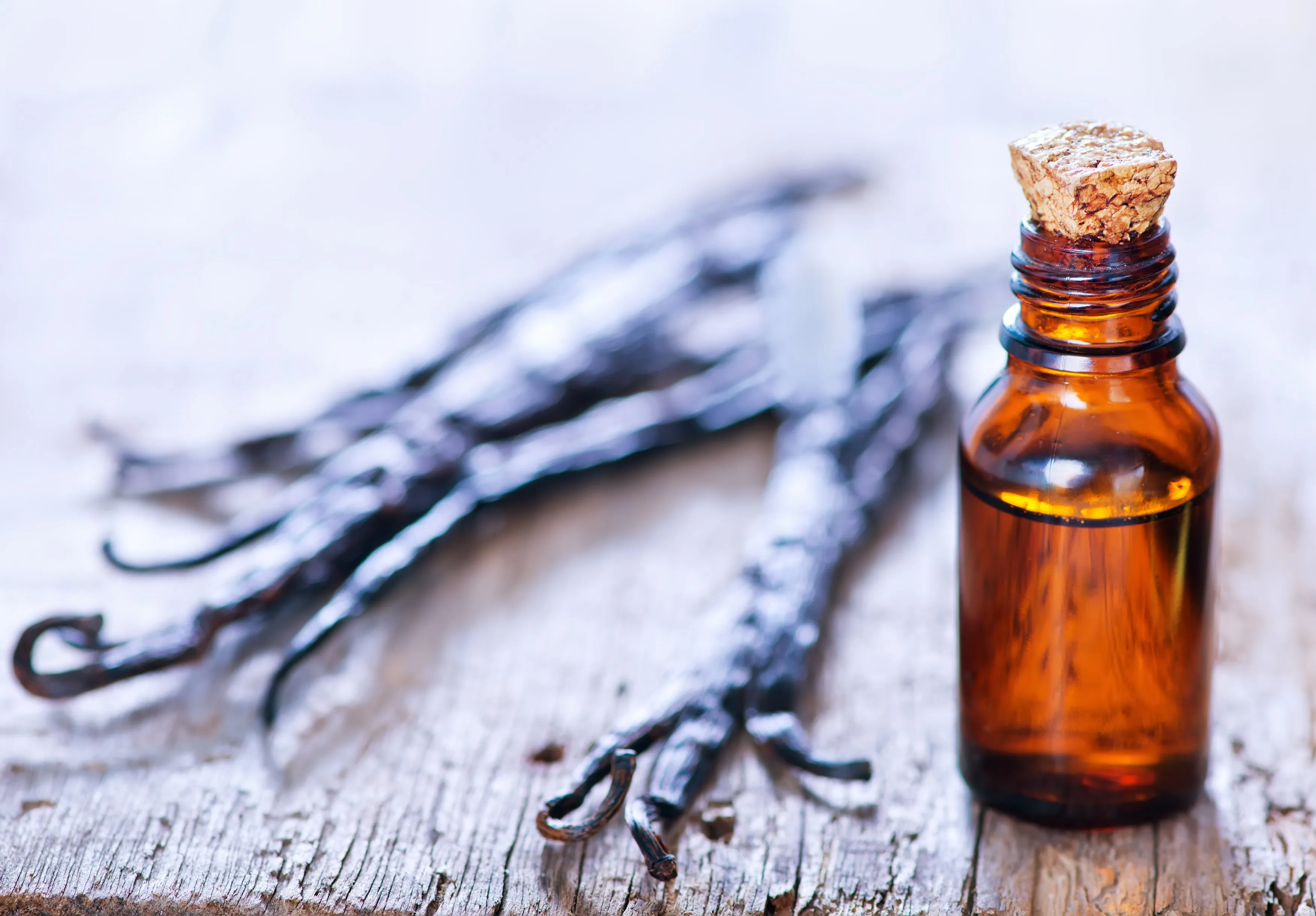
Beyond its enchanting aroma, vanilla offers several therapeutic benefits.
It's known for its anti-aging properties, which can help soothe fine lines, wrinkles, heal damaged skin, and reduce age spots.
While research into vanilla's benefits is still relatively limited, there is promising data.
For instance, the University of Illinois (Aydin et al., 2019) discovered medicinal applications for vanilla in treating conditions such as body spasms, gastrointestinal problems, and fever.
Another study found that the scent of vanilla improved visual reaction times and cognitive function, suggesting that there's more to explore in the world of vanilla's therapeutic potential.
One of the most well-known properties of vanilla is its aphrodisiac quality, making it the perfect oil for Valentine's Day. The scent of vanilla is said to relax and uplift, putting people in the mood for romance.
It stimulates hormones like testosterone and estrogen, promoting normal sexual behavior and arousal (Maskeri et al., 2012). In fact, studies involving male rats exposed to vanillin showed increased sexual activity, with higher exposure leading to more pronounced effects.
Blending with Vanilla
Vanilla boasts a sweet, rich, and warm aroma, making it an ideal base note or fixative in perfumery. This means that it lingers longer, enhancing the longevity of the blend.
Crafting aromatic blends with vanilla can be an enjoyable and creative process. It pairs harmoniously with a wide range of essential oils, including orange, mandarin, lime, lavender, jasmine, rose, geranium, sandalwood, and patchouli.
How to Make Vanilla-Infused Oil
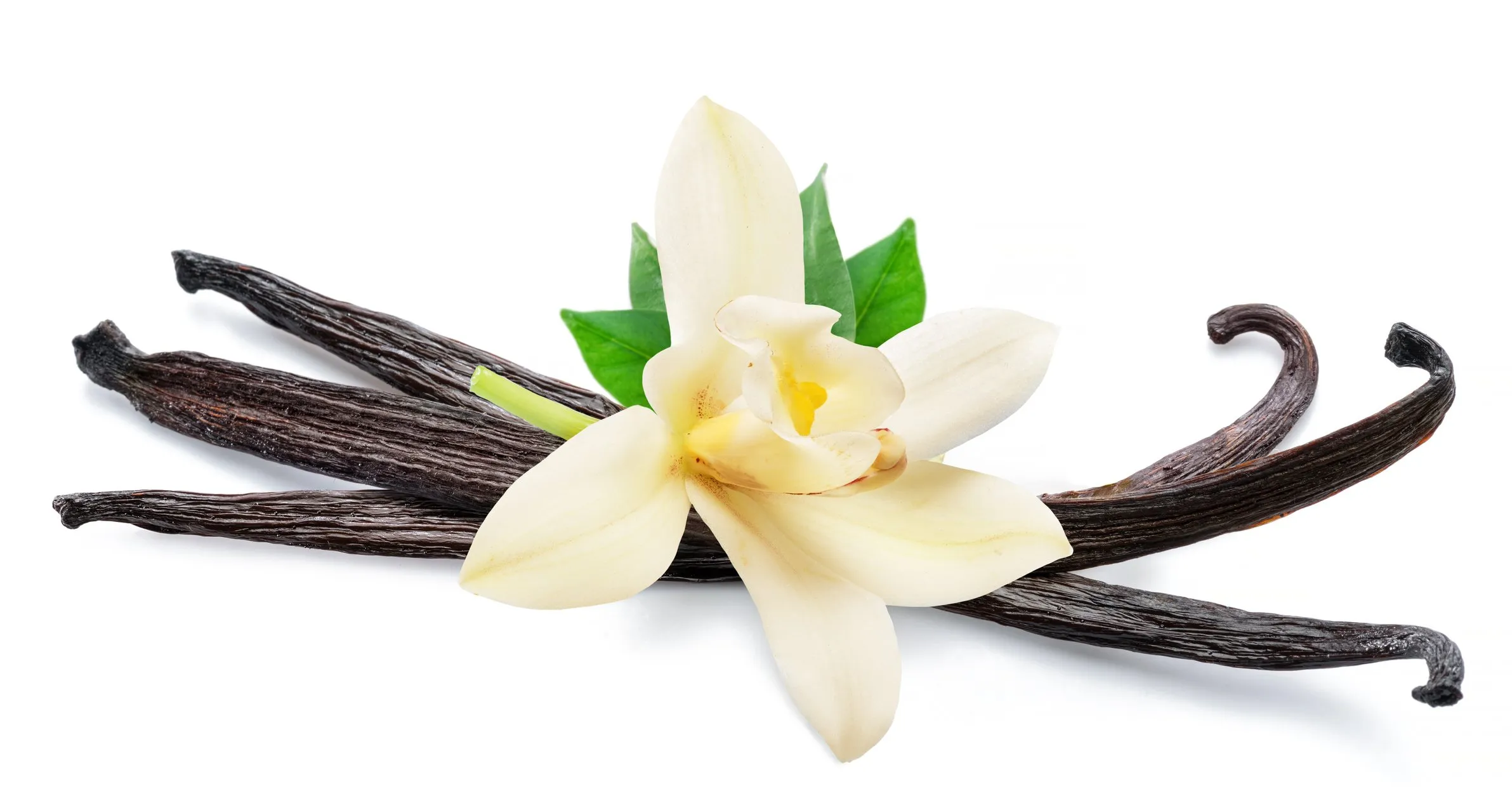
For those who wish to create their own vanilla-infused oil, the process is simple.
- Start by ethically sourcing vanilla pods and slicing them into small pieces.
- Place these vanilla pieces in a jar (I prefer quart-sized wide mouth jars) and fill the jar with a neutral carrier oil like grapeseed or almond oil.
- Seal the jar tightly and let it sit for 3–4 weeks, remembering to swirl and turn the jar daily to facilitate proper infusion. After this period, strain the oil to remove the vanilla pieces.
The result is a beautifully scented vanilla-infused oil, ready for use in your homemade skincare products or as a base for roller bottle perfumes.
Vanilla is a truly captivating aromatic that offers a myriad of benefits and uses.
Whether you're a budding aromatherapist or simply someone who appreciates the power of scents, vanilla is a must-have addition to your aromatic toolkit.
As you enjoy the allure of this beloved aroma, also remember the importance of ethical sourcing and mindful consumption to preserve this precious gift from nature.
